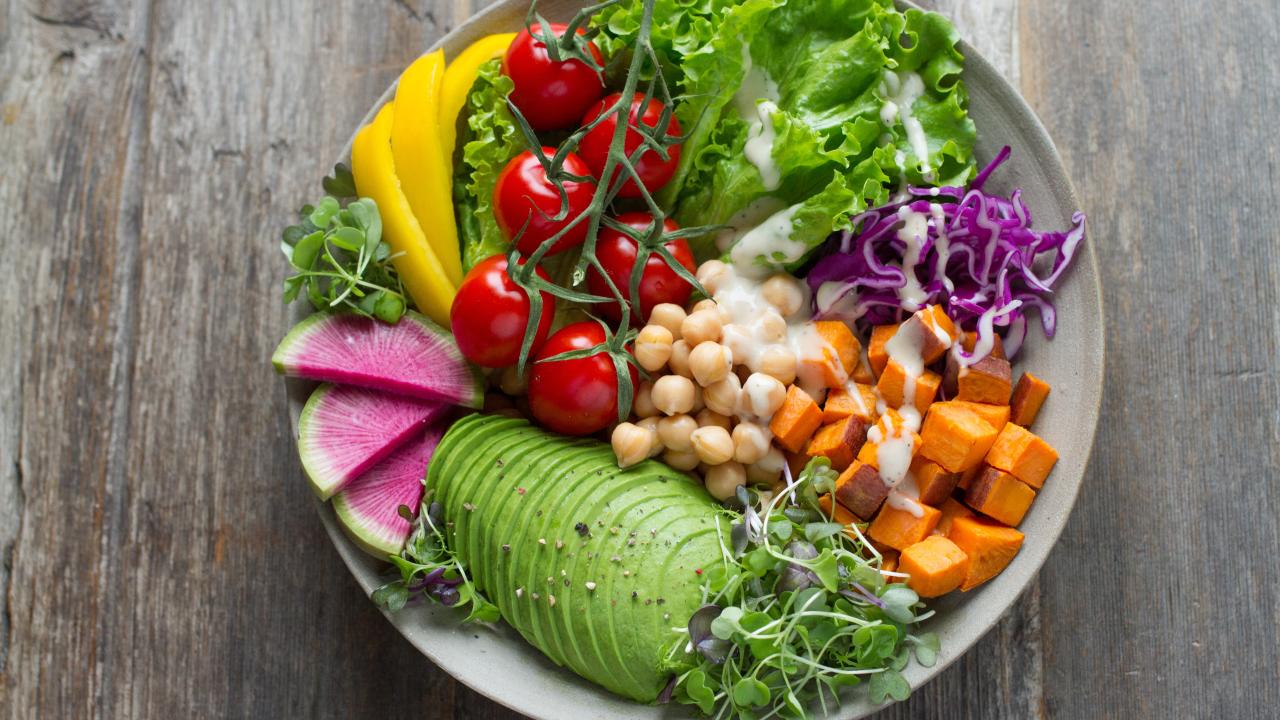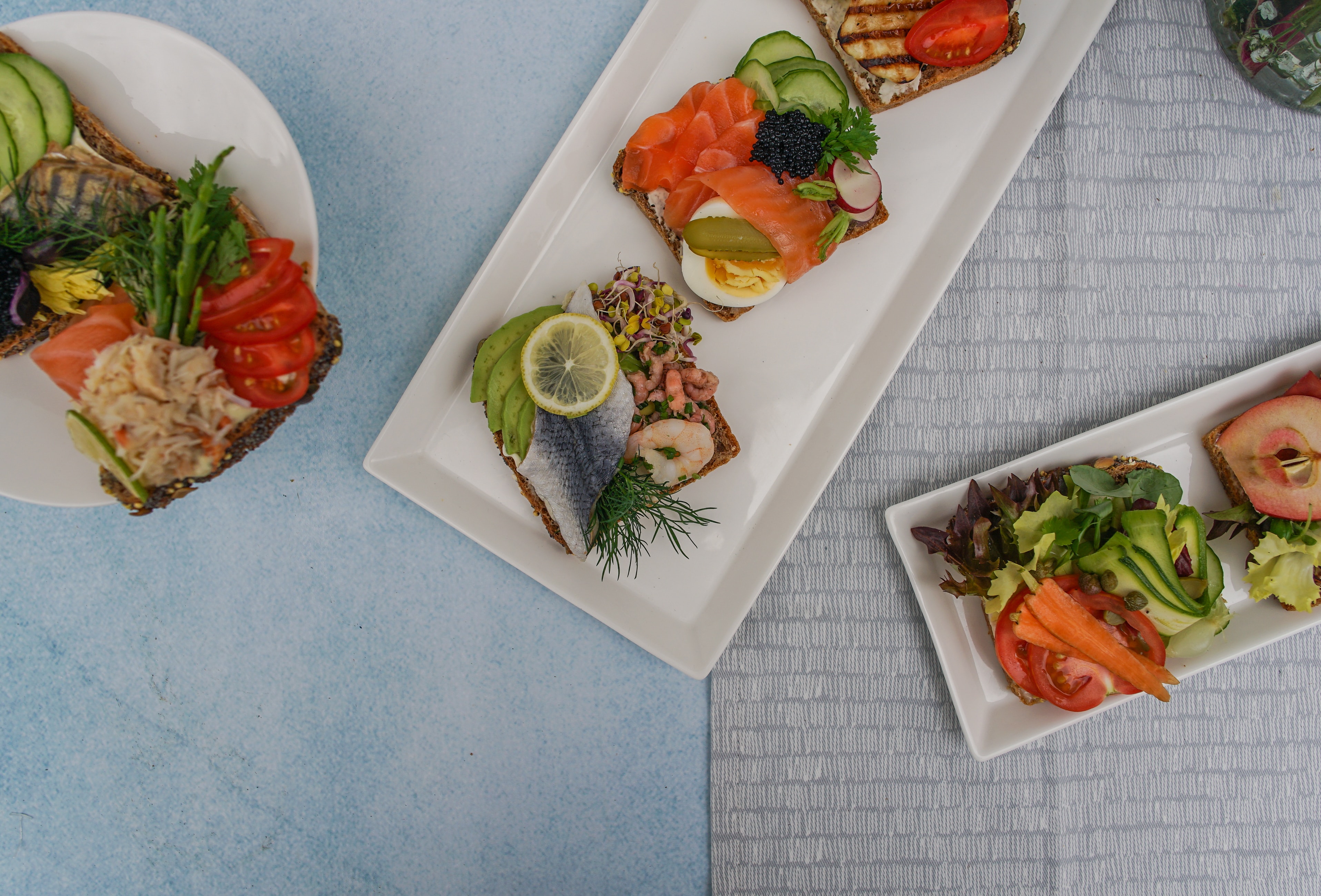
September - Incorporating Omega-3 Fatty Acids Into Your Diet
Quick Summary
- Read this month's nutrition corner article for tips on how to add more Omega-3 Fatty Acids to feel health benefits such as improved heart health, decreased blood clotting, managed inflammation, and it's positive impacts on the brain.
What are Omega-3 Fatty Acids?
Omega-3 fatty acids are part of the polyunsaturated fats family and are essential in our diets. We must get omega-3 fatty acids from the foods we eat. The three types of omega-3 fatty are alpha-linolenic acid (ALA), eicosapentaenoic acid (EPA), and docosahexaenoic acid (DHA). ALA is found in plant foods. EPA and DHA can be found in fish and other seafood. Omega-3s serve an important role in the body and are needed for many of the body membranes, heart health, blood clotting, management of inflammation, and for the brain.
What are the benefits of consuming Omega-3 Fatty acids?
Research shows that regular intake of seafood can reduce the risk of developing cardiovascular disease, reduce sudden heart related death, and lower triglycerides (4). There are benefits for the arteries such as reducing buildup of plaque in the arteries. It can reduce chronic inflammation associated with rheumatoid arthritis and atherosclerosis. Fish is also low in saturated fat. Omega-3 fatty acids may be beneficial to people with heart disease.
Low levels of omega-3 intake could be associated with depression and other mental health disorders. Omega-3 fatty acids may help with vision and eye conditions such as dry eye syndrome and help prevent age-related macular degeneration.
Sources of Omega-3

Many Americans do not consume adequate omega-3 fatty acids. It is recommended to consume 3 to 4 ounces of seafood twice a week. Fatty fish contain both EPA and DHA. Some of the fatty fish sources of omega-3 are mackerel, herring, salmon, light tuna, trout, and sardines. It is best to choose fish that are low in mercury and contaminant. Children and women who are pregnant or breastfeeding are recommended to consume smaller fish, which are lower in mercury(1). Some of the fish that are high in mercury levels are the king mackerel, swordfish, shark, and bigeye tuna. Lower mercury alternatives for the king mackerel are the Atlantic and Spanish mackerel (2). Some of the lower omega-3 containing seafood sources are crab, shrimp, cod, catfish, tilapia, clam, and scallop. The content of omega-3 fatty acids will vary based on the type of seafood. There are many combinations for consuming the weekly recommended amount of seafood. Eating a variety of seafood would decrease the risk of consuming high amounts of mercury. The Natural Resources Defense Council has a neat chart that classifies the type of fish by the possible mercury content. Monterey Bay Aquarium Seafood Watch Program provides science-based seafood advice and sustainable selections for seafood. According to Mercury and Fish, “The reference dose is 0.1 microgram of methylmercury per kilogram of body weight per day”(5).
Vegetarians can achieve their daily intake of omega-3 from the plant sources. Flaxseeds, walnuts, and chia seeds are the nuts and seeds sources. Soybeans, canola oil, wheat germ, oat germ, avocado, spinach, and soy products. There are fortified products available such as liquid eggs, milk, juices, yogurt, pasta, and bread. To increase consumption of omega-3, walnuts can be added to salads, oatmeal, and baked goods. Ground flaxseed or wheat/oat germ can be added to cereal and baked goods. Ground flaxseeds or chia seeds can be used to replace egg or butter in baked goods. Bob Red Mill’s website provides the recipe for both alternatives. Chia seeds can be added to cereal, yogurts, smoothies, or made into a pudding.
Safe Amounts of Omega-3
While there are many benefits of consuming omega-3s, we do not want to overdo it and consume high doses. Excessive omega-3 fatty acid intake could result in uncomfortable gastrointestinal symptoms such as nausea, diarrhea, stomach discomfort, and heartburn. It could also cause some bleeding when combined with anticoagulants (3). The U.S. Food and Drug Administration recommends that the maximum amount of omega-3 fatty acids to consumer per day is 3 grams. 2 grams per day is the recommended maximum amount supplementation of omega-3 fatty acids.
If you do not consume the recommended daily allowance of omega-3 fatty acids and are interested in supplements, speak with your physician or a dietitian about starting supplements.
References:
1. Fish and Omega-3 Fatty Acids. (2017, March 23). American Heart Association. Retrieved June 21, 2021.
https://www.heart.org/en/healthy-living/healthy-eating/eat-smart/fats/fish-and-omega-3-fatty-acids
2. Ellis, E. (2021, February 15). What are Omega-3 Fatty Acids. EatRight.
3. National Institutes of Health. (2021, March 22). Omega-3 Fatty Acids. Office of Dietary Supplements.
4. Omega-3 Fatty Acids. (2019, January 02). Cleveland Clinic. Retrieved June 21,2021.
https://my.clevelandclinic.org/health/articles/17290-omega-3-fatty-acids
5. The Safe or “Reference” Dose. (n.d.) Mercury and Fish: The Facts. Retrieved June 29, 2021. http://mercuryfactsandfish.org/mercury-facts/the-safe-or-reference-dose/
Seasonal Foods and Recipes
It is the season for summer squash, bell peppers, berries, peaches, green beans, and all of the other tasty summer produce! Summer squash and bell peppers are vegetables that can quickly be added to many meals for lunch and dinner.
Food Geeks has a great site with seasonal produce and recipes for each crop. You can change your season at the very bottom; anticipate what’s ripening in the months ahead!
Infused Water
It is important to stay hydrated during warm summer. Lemon lime, cucumber, berries, or herbs can be added to water to make a refreshing beverage. Slice the fruit, add it to a pitcher of water, then place it in the refrigerator and let it infuse for 2 to 4 hours or overnight if time permits. These recipes are quick and easy.
One Pan Baked Salmon and Vegetables
Salmon is a good choice of protein with healthy fat, packed with omega-3 fatty acids, vitamin B-12, and vitamin D. Zucchini is rich in vitamin B-6 and is a wonderful source of vitamin A, folate, potassium, and antioxidants. Bell peppers are rich in vitamin C, vitamin B-6, potassium, vitamin E, and beta-carotene. Both zucchini and bell peppers are low in calories and fat. This recipe can be paired with wild rice, quinoa, or brown rice. Some other vegetables that can be baked with the salmon are carrots or broccoli. Utilizing red, orange, or yellow bell peppers creates a colorful dish with a variety of nutrients.
Quinoa Cucumber and Tomato Salad
Looking for a new salad but still easy to prepare, try this salad out! Quinoa is a complete protein. It is delicious with a slightly nutty taste paired with the freshness of the cucumber and tomatoes.
Acai Bowl
Smoothies can be prepared with seasonal fruit or frozen fruit of your choice. Flax seeds and chia seeds are excellent sources of omega-3 fatty acids that can be added to smoothies or smoothie bowls. Build your own smoothie bar provides a list of ingredients and topping that can be used to make smoothies and smoothie bowl. One of my favorites is an acai bowl with frozen acai puree, granola, banana slices, and chia seeds. It can be topped with coconut flakes and any other fruit. It is a nutrient-dense snack and low in added sugar!